Check out these amazing hotel deals!
- Save up to 30% on your hotel in Hawaii!
- Last-minute holiday hotel deals
- Top hotel deals for a new year trip
- Visiting Paris? Find the Best Deals & Reviews at TripAdvisor.
- Save 30% on hotels in Ocean City, Maryland...a TripAdvisor Top 10 Summer Destination!
- Save up to 30% on your hotel on your Winter Vacation!
- Find top-rated hotels at the lowest prices on TripAdvisor. Check rates now!
- Save up to 30% on hotels for a romantic getaway!!
Capital of the Republic of Moldova, in Eastern Europe, Chisinau was born in 1991, where the former Soviet Socialist Republic of Moldova used to be. Although less famous and interesting than other European locations, it is a city that is gaining more and more acclaim, especially among young people who find fun and nightlife here.
Full of contradictions, it retains the Russian charm that can be seen in its palaces, squares, and architectural structures, but it is also a green location; it is considered one of the greenest cities in Europe.
So let’s find out together what to see in Chisinau with this guide with practical tips about the city!
Arch of Triumph
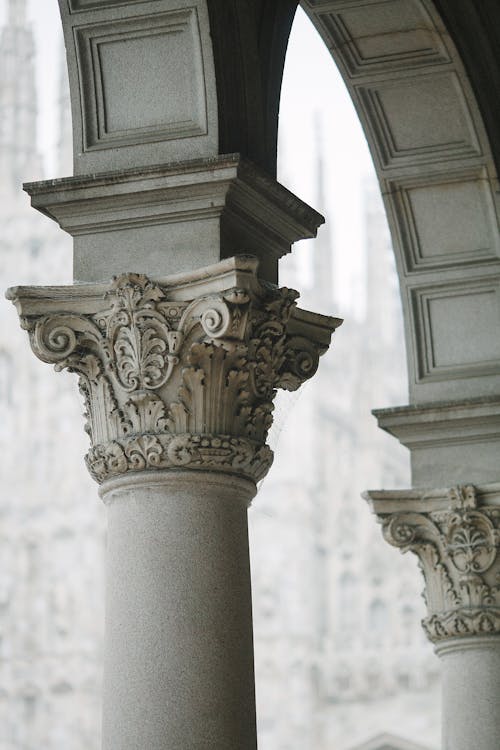
Credit: Orlova – pexels.com
It is located in the central square of Chisinau, a symbol of victory, also called the “Holy Door” because it is located on the same line as the bell tower and the Cathedral. It was built using the Gothic style, it is one of the most important places in the city and represents a meeting place, as well as a subject to be immortalized in one of the inevitable snapshots of your holidays in Chisinau.
Being13 meters high, it has three bells on the second level of the building and the facade, you can easily see huge and beautiful clocks. The best time to admire it is at night when the mechanical clock lights up.
It is located in The Great National Assembly Square in the historic center. It can be reached on foot from the center (5 min). Opposite the Government House and next to the Cathedral of the Nativity (350m, 4 min)
Stefan Cel Mare Park
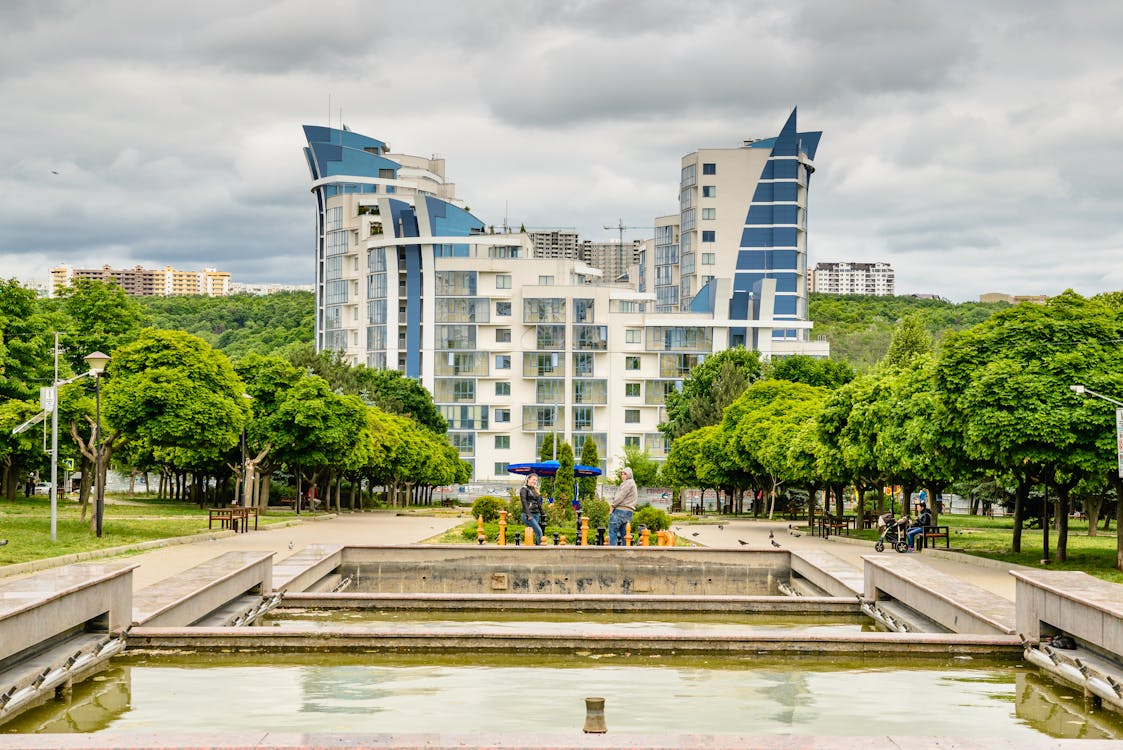
Credit: Casir – pexels.com
Also known as Pushkin Park during the Soviet domination, in the local language Grădina Publică Ştefan cel Mare şi Sfânt, it is the main part of the capital, as well as being the oldest in Moldova. In the city center, with an extension of over 7 hectares, it is also nicknamed the lovers’ park because young couples meet here.
Inside over 50 species of trees, some centuries old, paths, stalls, games for children, and bars. Worth mentioning is the Aleea Clasicilor, which is the avenue of the classics because on both sides of this street there are statues depicting important characters in history; while at the edge of the garden the statue of Stefan Cel Mare, the bronze monument to the great prince who made the history of the country in 1400.
The main entrance is located on Stefan cel Mare si Sfant Boulevard, in the historic center. Easily reached on foot from the Arc de Triomphe (400m, 6 min) and the Cathedral of the Nativity (600m, 7 min).
Cathedral of the Nativity and Park
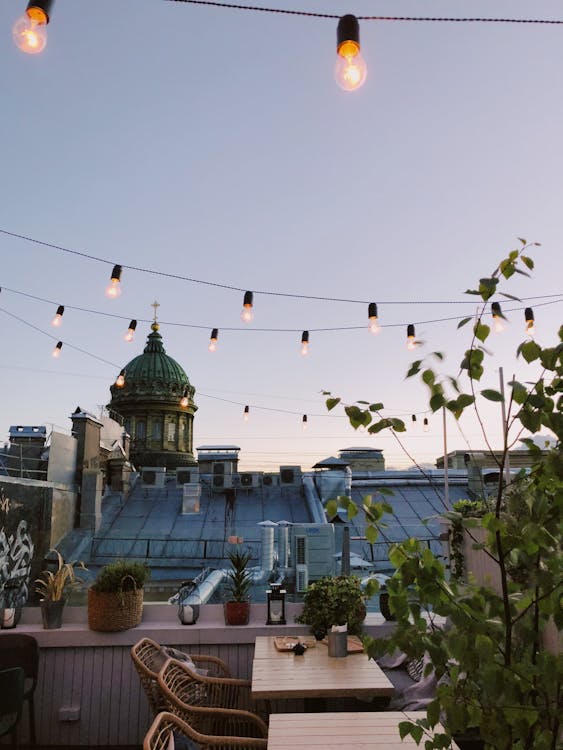
Credit: Shevstova – pexels.com
The Cathedral of the Nativity, named in the local language Catedrala Nasterea Domnului, is the main Moldovan Orthodox church in Chisinau, near the Arc de Triomphe.
It was built in 1836 and designed by the architect Abram Melnikov, it is a large white neoclassical building surmounted by a black zinc dome, surrounded by a park garden. The entrance is behind 6 Greek-style columns.
During the Second World War, it was bombed, while in 1962 the bell tower was demolished by the communist regime. Inside today there are walls painted in Orthodox style and icons that were not present in the Soviet period.
Park of the Cathedral: around the cathedral is a beautiful park/garden, a favorite with citizens who come here to walk, jog or just relax on sunny days.
National History Museum of Moldova
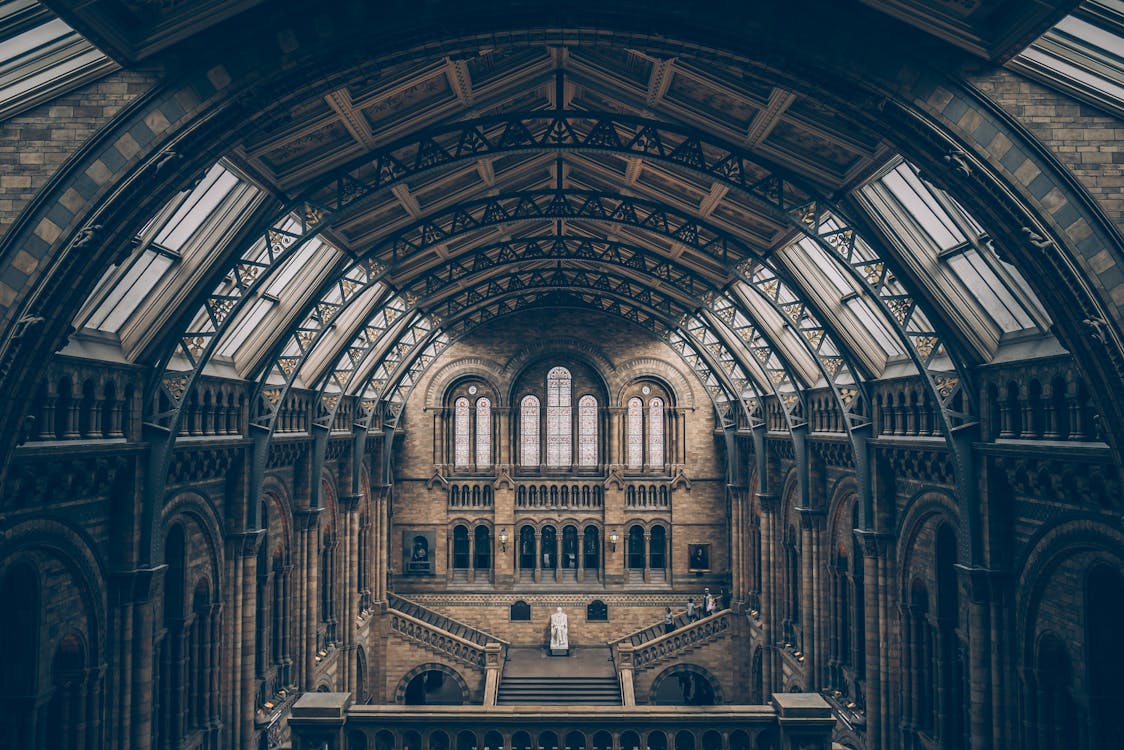
Credit: Joshua – pexels.com
This museum, the Muzeul Național de Istorie in Moldovei, is located in the center of Chisinau and houses a collection with over 263,000 late-antique archaeological objects and artifacts describing the history of Moldova.
Founded in 1983 in a building that housed a regional high school, at its entrance there is a bronze statue depicting the Capitoline Wolf donated by Italy to this city when it was part of Romania. The art gallery is divided into different scientific sections, such as Ancient History, Archeology, Medieval and Contemporary History, and Treasures. Inside the museum, many exhibitions are set up every year.
National Museum of Ethnography and Natural History
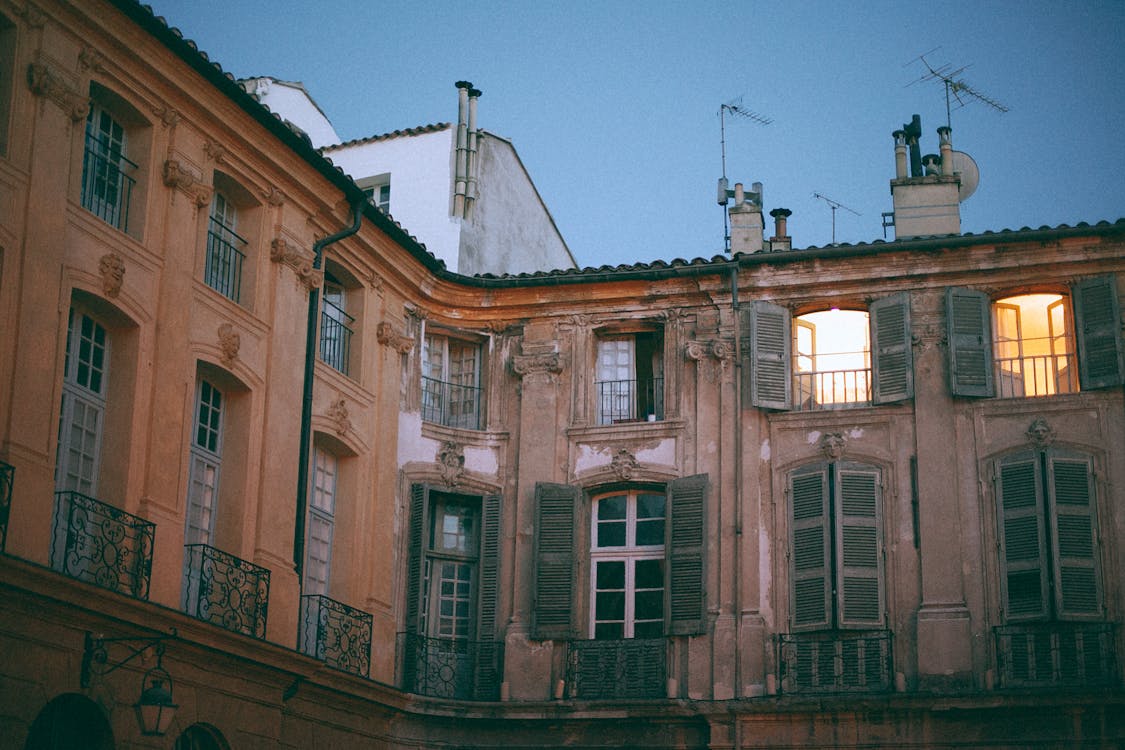
Credit: Orlova – pexels.com
This important museum of Chisinau, the Muzeul Naţional de Etnografie şi Istorie Naturală, is a vast attraction, inside which are preserved finds and testimonies of Moldovan history and folklore, with a large section dedicated to flora and fauna of the Nation.
It is possible to admire fossils dating back even to the prehistoric age and the highlight is a life-size reconstruction of a skeleton of a dinothere, a mammal similar to an elephant, weighing 8 tons, lived during the Pliocene era. Furthermore, during the year, exhibitions of botany, geology, and zoology are also set up.
Pushkin Museum
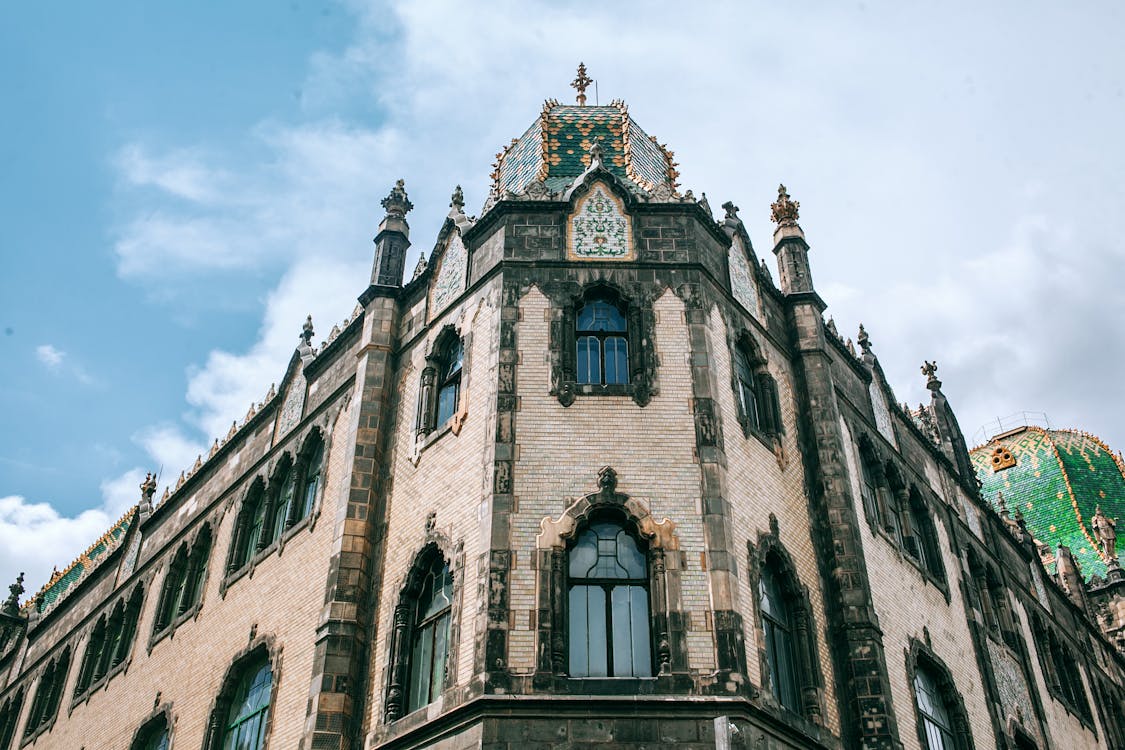
Credit: Orlova – pexels.com
Aleksandr Pushkin was a famous Russian poet who stayed in this house, where today there is a small but fascinating museum. Pushkin was then forced into exile from his homeland, from 1820 to 1823, and here are preserved drafts, manuscripts, personal effects, including a portrait of his beloved Byron on his desk.
There is also a three-room literary museum in the building opposite the cottage, which documents Pushkin’s dramatic life. It is possible to organize guided tours, but only in Romanian or Russian.
Eternitate Memorial Complex
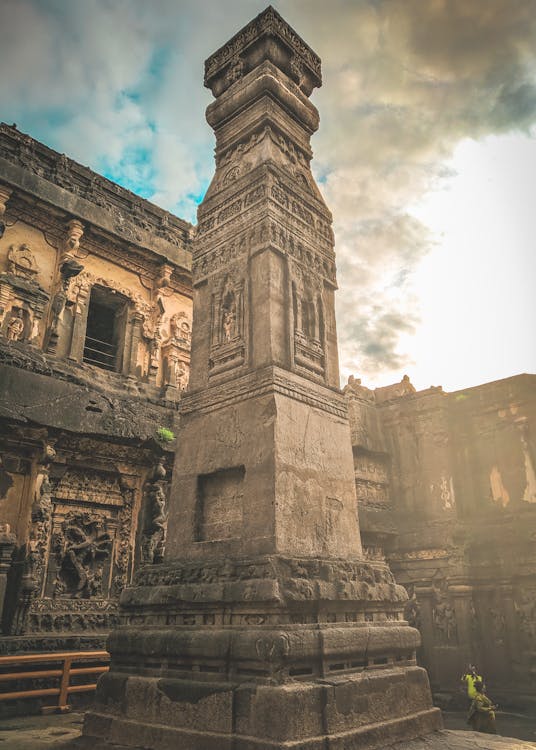
Credit: Banga – pexels.com
Little far from “modern” Chisinau, we find a place of contemplation and memory: the Eternitate Memorial Complex. It is a square in which stands an imposing monument in the shape of a pyramid of 25 meters in height, reminiscent of a five-pointed star, with an eternal flame that burns in the center of the monument.
This memorial is dedicated to the fallen of the Great War and is constantly guarded by soldiers in full uniform. Observing that very high concrete flame that rises proudly towards the sky represents for the Moldavians and not just a moment of reflection that arouses strong emotions, even in the less accustomed to history.
Far from the historic center, in Strada Pantelimon Halippa 5. It can be reached on foot from the Arc de Triomphe (2.5 km, 30 min) or by taxi (10 min, average cost 60.00 MDL / € 3.00)
Most Chisinau residents pay a visit to this memorial complex on 9 May each year, Victory Day, bringing carnations and peonies to the eternal flame. Usually, the population comes here with their children or grandchildren to show the monument of military glory because, as they say, “Whoever does not remember the past is condemned to repeat it”.
Botanical Garden
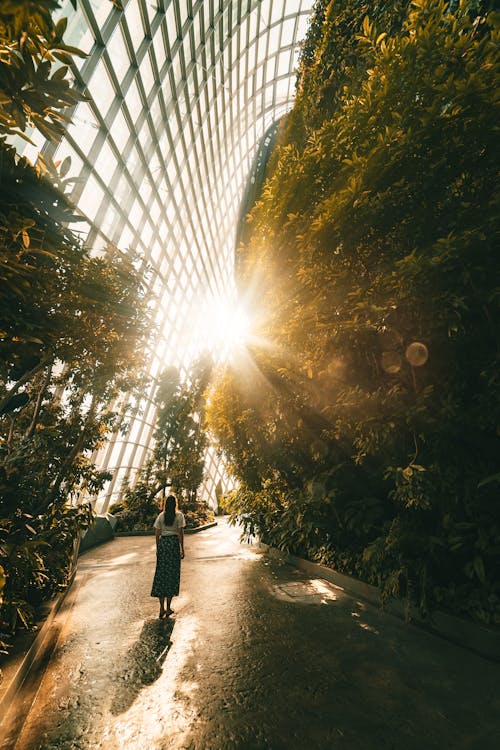
Credit: Djikstra – pexels.com
Another important park in Chisinau, not by chance it was elected green capital, is the Botanical Garden, full name Grădina Botanică din Chișinău, which is located not far from the city center and was founded in 1950 by the Academy Russian of Sciences.
In 1975, the garden was granted the status of Research Institute of the Academy of Sciences of the Moldavian SSR and inside there are about ten thousand species of plants.
This place is a sort of “Eden”, away from the traffic of the city, from the chaos of everyday life, and smog. A walk or a bike ride among the trees, flowers, and ponds located within the area is enough to feel reborn!
Doors of Chisinau
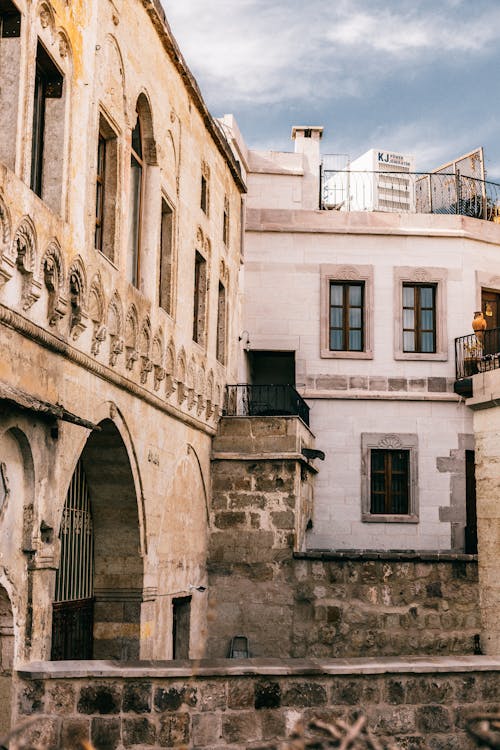
Credit: Gonullu – pexels.com
One of the symbols of Chisinau is represented by a huge condominium called in the original language Portile Orasului, known instead in English as Gates of City. It is not a historical building or a beautiful attraction to see, but it has an incredible impact because it is seen as soon as you enter Chisinau from the airport.
The doors are formed by two triangular concrete buildings 70 meters high, which open symmetrically perpendicular to the avenue. With this construction, the architects wanted to represent the progress of Moldova, so much so that they were depicted on a series of stamps.
They are located in Bulevardul Dacia and can be reached by taxi (24 min from the center) or from the airport (12 min, from 60.00 MDL / € 3.00). To the left of the “Doors” is the Zoological Garden, while to the right the Botanical Garden – Get directions
Piata Centrala
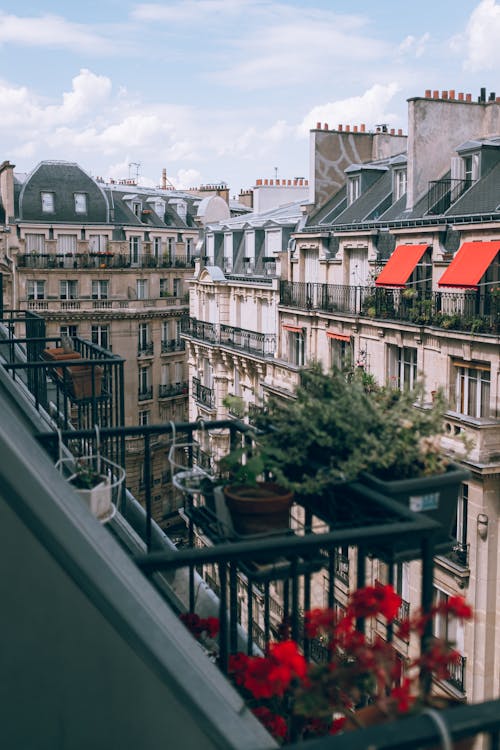
Credit: Shevtsova – pexels.com
In Chisinau, you can visit several markets, but not to be missed is the central one, an interesting place south of the Stefan Cel Mare boulevard.
It is a covered market with numerous stalls of all kinds, where you can buy toys, food, clothing, and household items. It is a colorful place where you can also witness the social life of this population and learn about the customs and traditions of Moldova.
Those who come to Chisinau absolutely cannot miss this perfect place for shopping but also simply for walking.
Village Museum
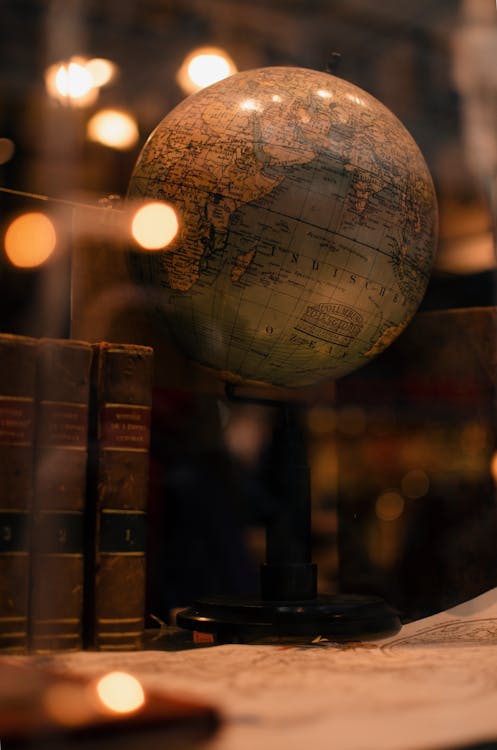
Credit: Ekrulila – pexels.com
Near the Chisinau Airport is this museum housed in one of the oldest and tallest medieval churches in the city, it was built in wood in 1642.
Inside the Village Museum, inaugurated in 1995, many original objects give the idea of what an 18th and 19th-century village could have been like. Also worth seeing are windmills, water mills, houses with domestic outbuildings, an inn, a tavern, and many other things. The Village Museum also regularly functions as a church, where masses and celebrations are held.
Milestii Mici

Credit: Pixabay.com
Moldova is very famous for its wine production. A self-respecting tour in Chisinau cannot fail to include a visit, with inevitable tasting, in one of the most famous wineries in the capital, the Milestii Mici.
We are talking about a record cellar, which will enchant wine lovers and non-wine lovers: the Milestii Mici, whose structure is composed of an underground limestone quarry, boasts the presence of over two million bottles of the nectar of the gods.
There is also a wine festival: the wine is so famous in this city that there is also a wine festival. Every year on the second weekend of October, wine producers from all over Moldova arrive in the city, and stands are set up in the historic center to taste the different varieties of wine.
Jewish cemetery
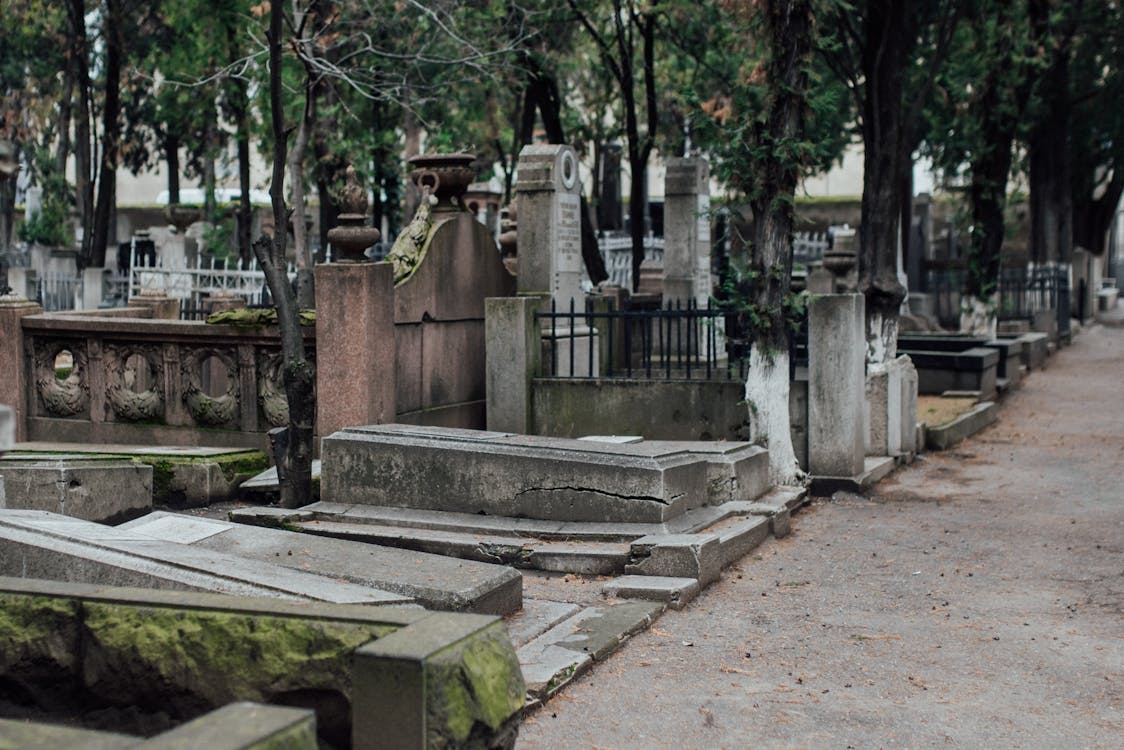
Credit: Krasnikova – pexels.com
Far from the center of Chisinau, there is a place full of contrasting emotions, a place where the crudeness of history meets the emotion of an intimate encounter with loved ones now extinct. All the capitals of Eastern Europe have at least one Jewish cemetery and the Moldovan capital is no exception.
The advice is to tiptoe into this very delicate area, dedicating a moment of intense meditation to one of the bloodiest pages in world history.
In this place, which covers a large area within the Buiucani neighborhood, rest the remains of 23,500 Jews. A 5-minute walk (from the entrance to the cemetery by immediately turning left and following the perimeter wall) is also the suggestive abandoned synagogue which is worth a visit.
A piece of history: between the end of the 19th and the beginning of the 20th century, the Jewish population in Chisinau reached up to 80,000 inhabitants, which caused a lot of social tensions.
During the Second World War, the Nazis massacred and deported almost all of the Jews of Bessarabia, which today number no more than 25,000 in the whole country, with the greatest presence in the Chisinau area which has about 18,000 Jews.
How to get there?
In Milan ST1, northwest of the city. It can be reached from the historic center by taxi (10 min, average cost 60.00 MDL / € 3.00)
- Operating Hours: 7 am to 6 pm
- Ticket cost: free
Other attractions to visit
There are also other places to see if you have more time. Worth mentioning are the Town Hall building southeast of Bulevard Stefan Cel Mare, the Cathedral of Divine Providence, a place of Catholic worship, the Military Museum (10.00 MDL / € 0.50), and the Water Tower Museum inside a tower where once was the main water system of the city.
On the other hand, if you are traveling with children in the city there is also a Zoo, not as large as that of other European capitals and cities, but it can be an attraction suitable for children (30.00 MDL / € 1.50). Finally, in addition to the parks already mentioned, if you want to walk in the green there are also the Rose Valley garden and Valea Morilor Park, with a beautiful lake, to visit during the summer.
5 things to do in Chisinau
Visit the Cricova winery: this very famous winery where bottles are produced with the Champenoise method has 120 km of tunnels that can be covered with a small train. During the tour, you will learn about the history of the wine and the cellar but there will be a lot of curiosities and, last but not least, a tasting.
Street Piaţa Centrală Market: It is a very particular city market because it resembles a Turkish bazaar, it is crowded, colorful, and unique. Here you can find everything from works of art to souvenirs, through clothes and specialties of the Moldovan cuisine
Go to the country that does not exist: Transnistria is the country that does not exist, but it does exist. It is not found in geographical maps, but beats money, has its parliament and its flag. Are you curious to find out?
Attend a show at the theater: the Opera and Ballet Theater is a splendid example of Russian architecture and is one of the most important European centers in the sphere of ballet and opera. Book a show
Visit Piata Marii Adunari Nationale: Here the military parades and speeches of the Communist leaders of the USSR were held and you cannot miss a ritual photo with the imposing facade of the Moldovan Government Building behind you.
Conclusion
If you are planning a trip to Chisinau, the best time to go is from April to September, when you can admire nature in all its splendor.
It is one of the cheapest cities in Europe and can also be reached from Italy by direct flights (about 2 and a half hours). Prices vary according to the season, but in the low season, they are also found with around € 50.00 (compare flights to Chisinau). The airport is about 15 km from the center.
To get around, we suggest you do it on foot, most of the attractions are located in the center; alternatively, the city bus network (trolleybus) is quite extensive and the ride costs MDL 2.00 (€ 0.10), to be paid in cash when boarding.
As for accommodation in the Moldovan capital, we advise you to choose a structure near the center, along Stefan Cel Mare avenue so that you can move on foot or by taxi at the most. The 4-5 star hotels are of a good standard with reasonable prices, but there are also B & Bs, apartments, and guesthouses (compare the accommodations on Booking from € 25.00).
You must know that Chisinau is famous for its nightlife; there are many discos, pubs, and nightclubs that are concentrated right in the historic center. Of note are the drive-in Calea Orheiului and the Famous nightclub in Strada Bucuriei.
If you are traveling with children, we suggest you visit the beautiful parks of the city, the Village Museum, the Memorial, and the Museum of Ethnography and Natural History. If you are traveling low cost you will not have to worry, it is a very economical destination from every point of view
Check out these amazing hotel deals!
- Save up to 30% on your hotel in Hawaii!
- Last-minute holiday hotel deals
- Top hotel deals for a new year trip
- Visiting Paris? Find the Best Deals & Reviews at TripAdvisor.
- Save 30% on hotels in Ocean City, Maryland...a TripAdvisor Top 10 Summer Destination!
- Save up to 30% on your hotel on your Winter Vacation!
- Find top-rated hotels at the lowest prices on TripAdvisor. Check rates now!
- Save up to 30% on hotels for a romantic getaway!!
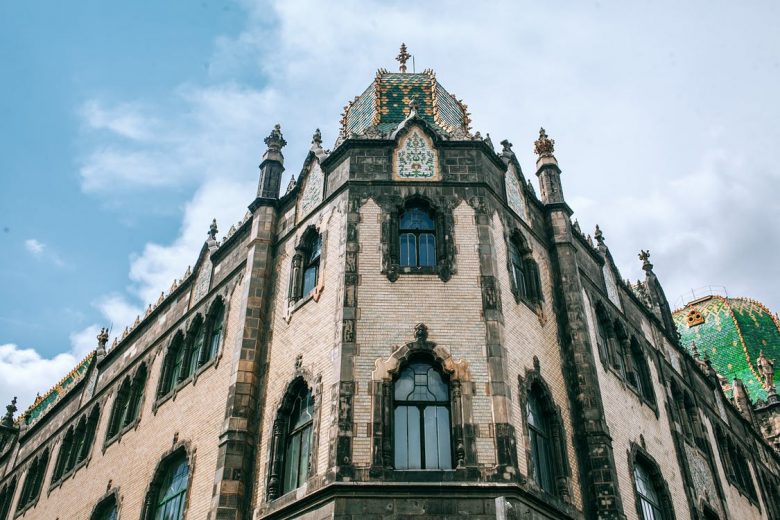
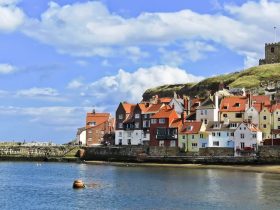




Find Us on Socials